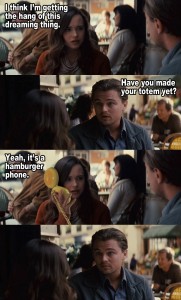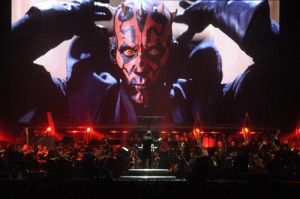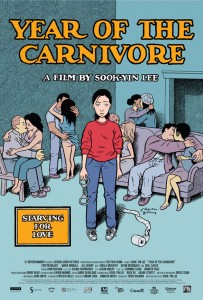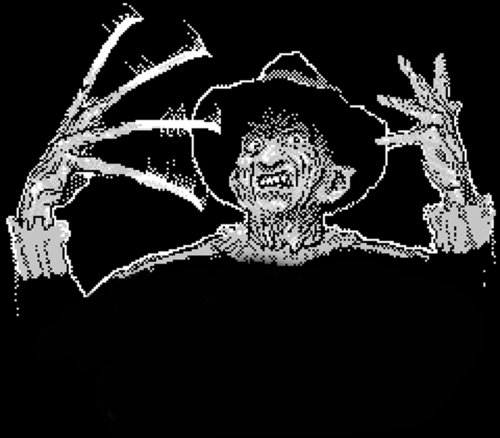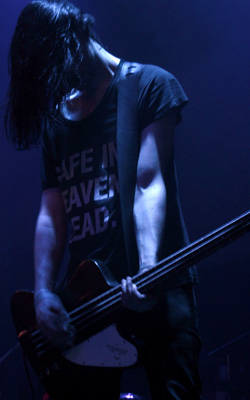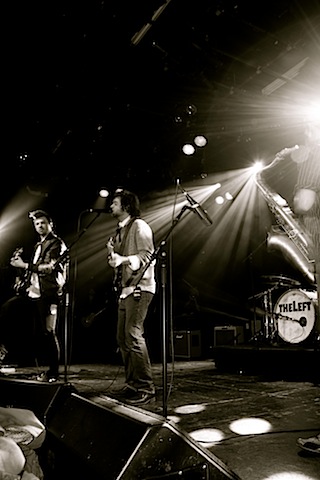Originally appeared in The Peak. I caused a bit of controversy among a couple of my smarter (music wise) friends by because I implied I was underwhelmed with this record. This is clearly not the case. It’s incredibly strong, but those strengths only serve to make it’s missteps more glaring. I didn’t extrapolate much on a few key tracks due to word count restrictions, but those thoughts boil down to this: Empty Room, Half Light II, Month of May and Sprawl II off this record will enter any greatest hits package this band puts out, along with Ocean of Noise, Intervention, Crown of Love and Power’s Out. Arcade Fire were probably the Meat Loaf of my high school career (both in terms of noisy, commercially successful releases and in terms of popularity and musical grandiosity) so it’s nice to see that they didn’t similarly put out only one classic. I had a tough time with this record and review, but I’m glad I stuck with it. 2010 has been strangely sparse in terms of records I’ve latched onto, so maybe it’s faint praise to say The Suburbs is a highlight. I don’t think so, but maybe.
he Suburbs is an agonizing record. It’s agony to listen to and agony to ignore. For every moment you feel drawn to it, you have two of rage at the change of a formula that worked so well and one wondering whether Arcade Fire have improved upon it. Sandwiched between classics are songs sounding like single fodder, throw-aways padding what should have been Preakness in their Triple Crown. These stumbles may not matter.
For the most part, Win, Regine, and company seem at odds with the sweeping elegiacs that have thus far made up their fingerprint. They’re done with mini-epics and have moved onto a collection of cogent moments, leaving the album to be the singular experience, not single tracks. There are no lineal connections with their previous work, and though stompers “Month of May†and “City With No Children†channel “Antichrist Television Blues,†these references are passing. As such, comparisons have already been drawn to OK Computer. More poignant is the disparity between the latter album and Kid A. Little remains of the past, but it is unquestionably the work of them same band.
Bookending title tracks “The Suburbs†and “The Suburbs (continued)†give the album some narrative anchors, and discography highs “Empty Room†(sounding like a neon Bible b-side layered over grinding shoegaze, which is to say outstanding), and “Half Light II (No Celebration)†moderate missed opportunities in “Ready To Start†and “Deep Blue.†Only briefly do they abandon loneliness to revisit the apocalypse they’re so fond of writing about in “Suburban War†(with, again, reference to career best “Ocean of Noise.â€) Contained in it’s a final movement as good as they’ve ever done.
Like the exurbs they discuss, The Suburbs is only frustrating and distant on first glance. Peering under a layer of static and despondence is a challenge with enough reward to merit the undertaking. Butler croons “The music divides/us into tribes,†something doubtless to happen among their fanbase. Their loss, it would seem.
Comments Off on Review – The Suburbs by Arcade Fire
